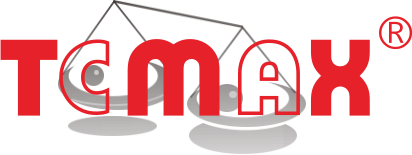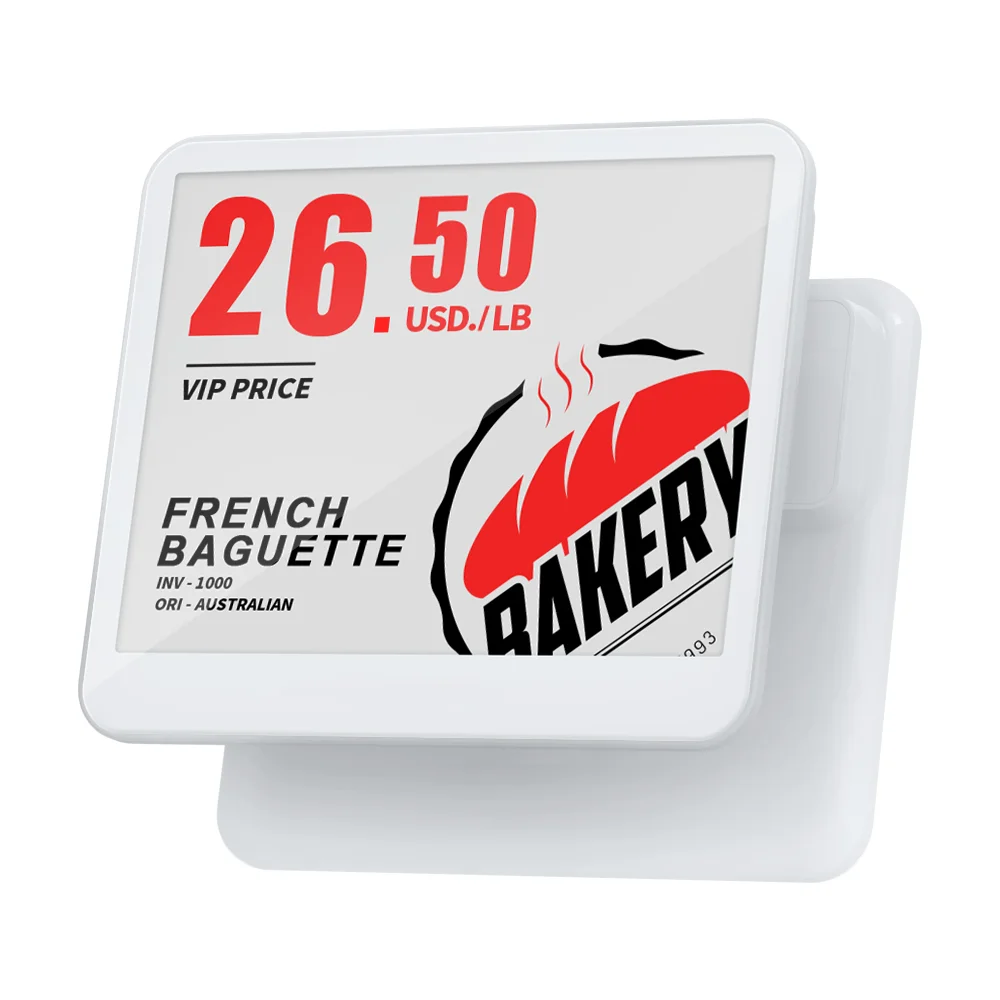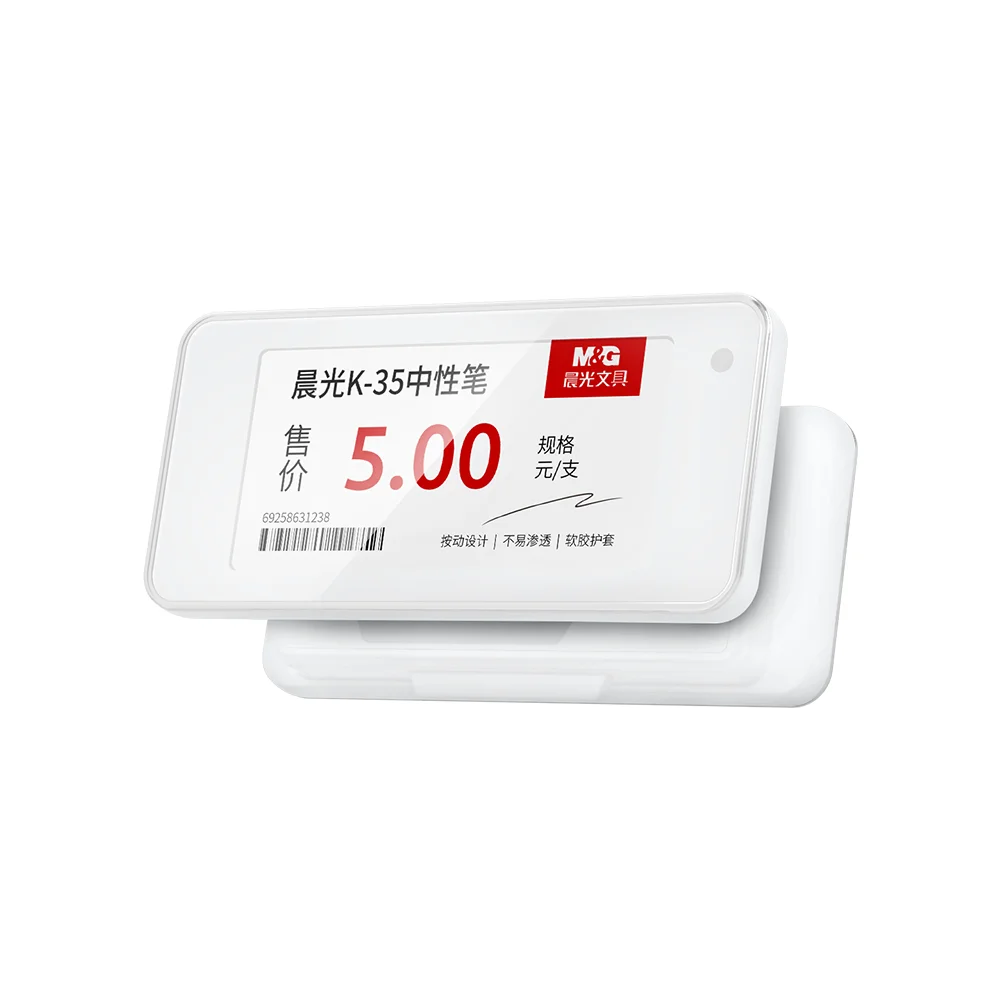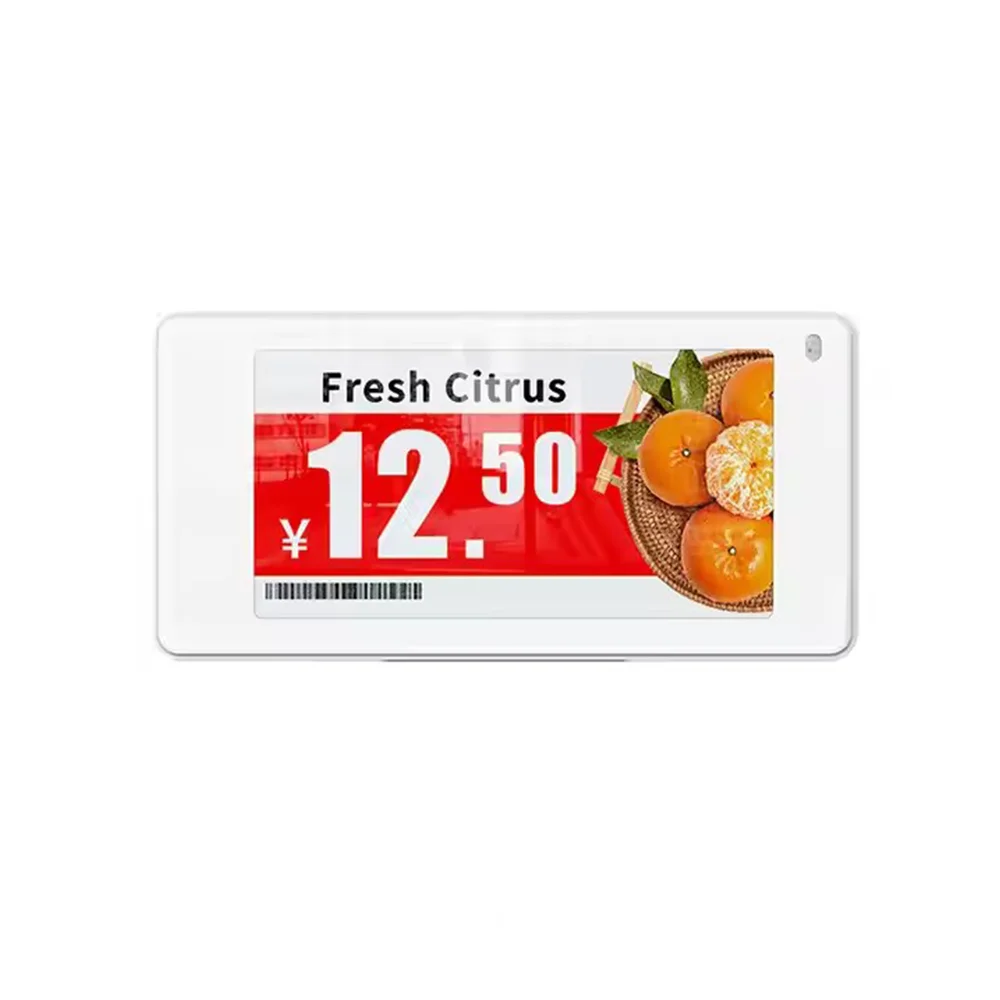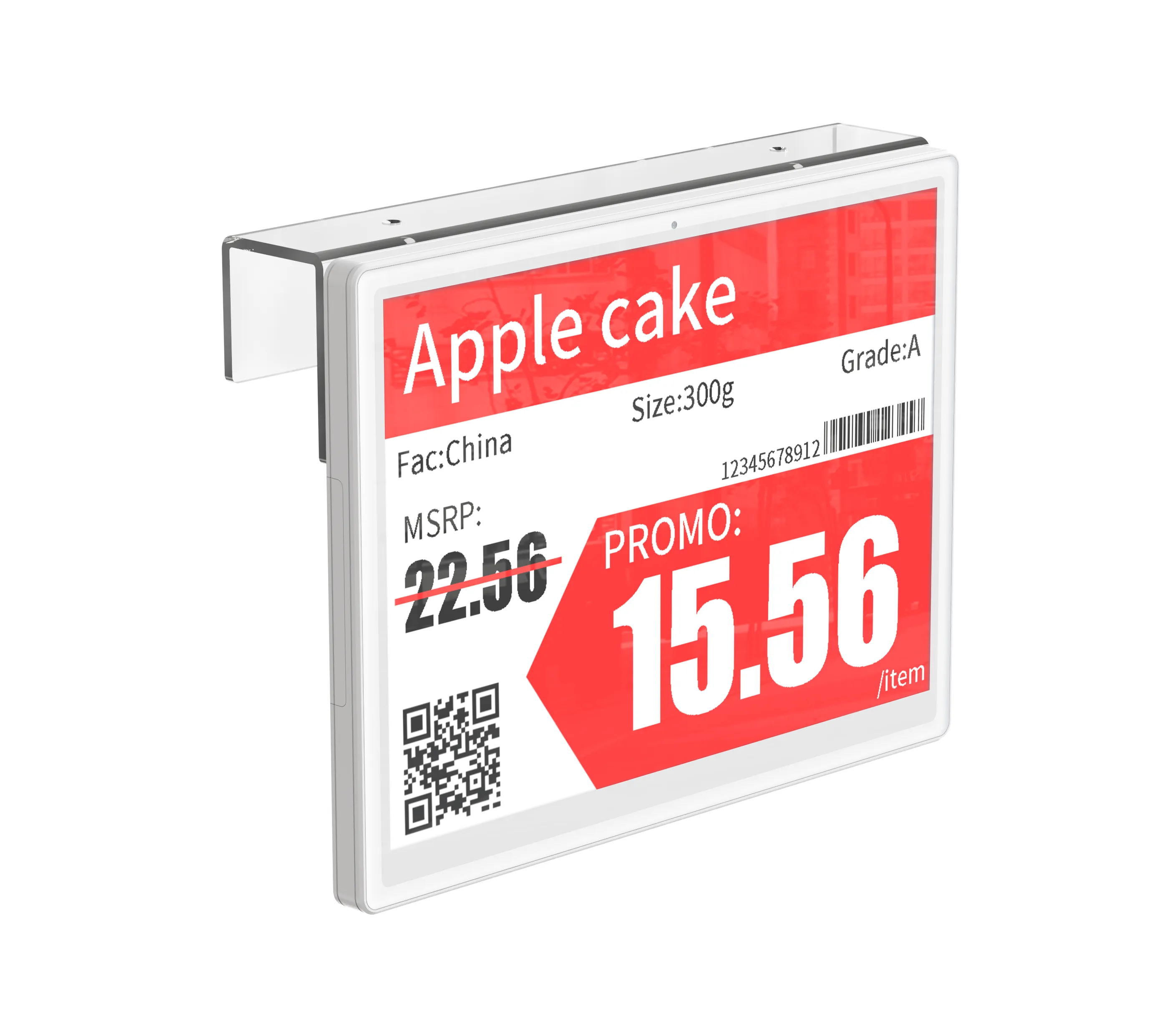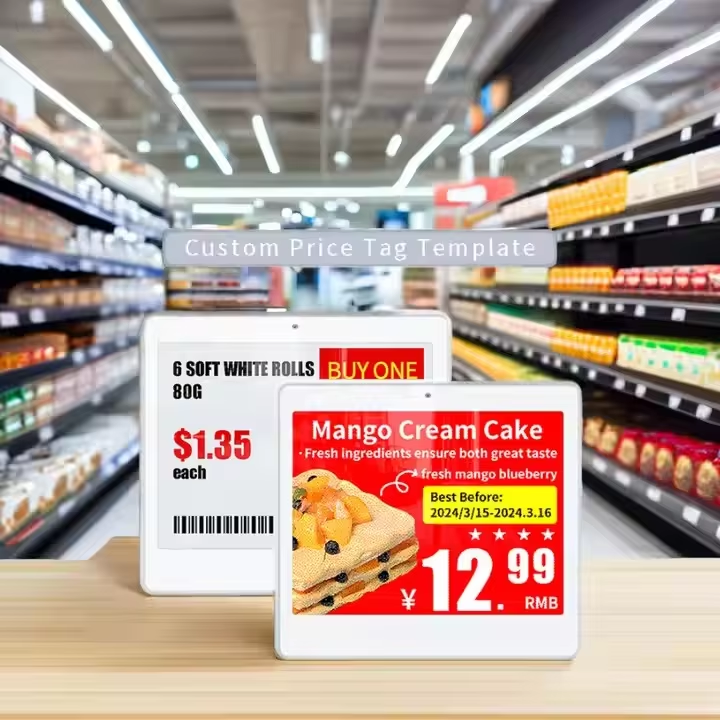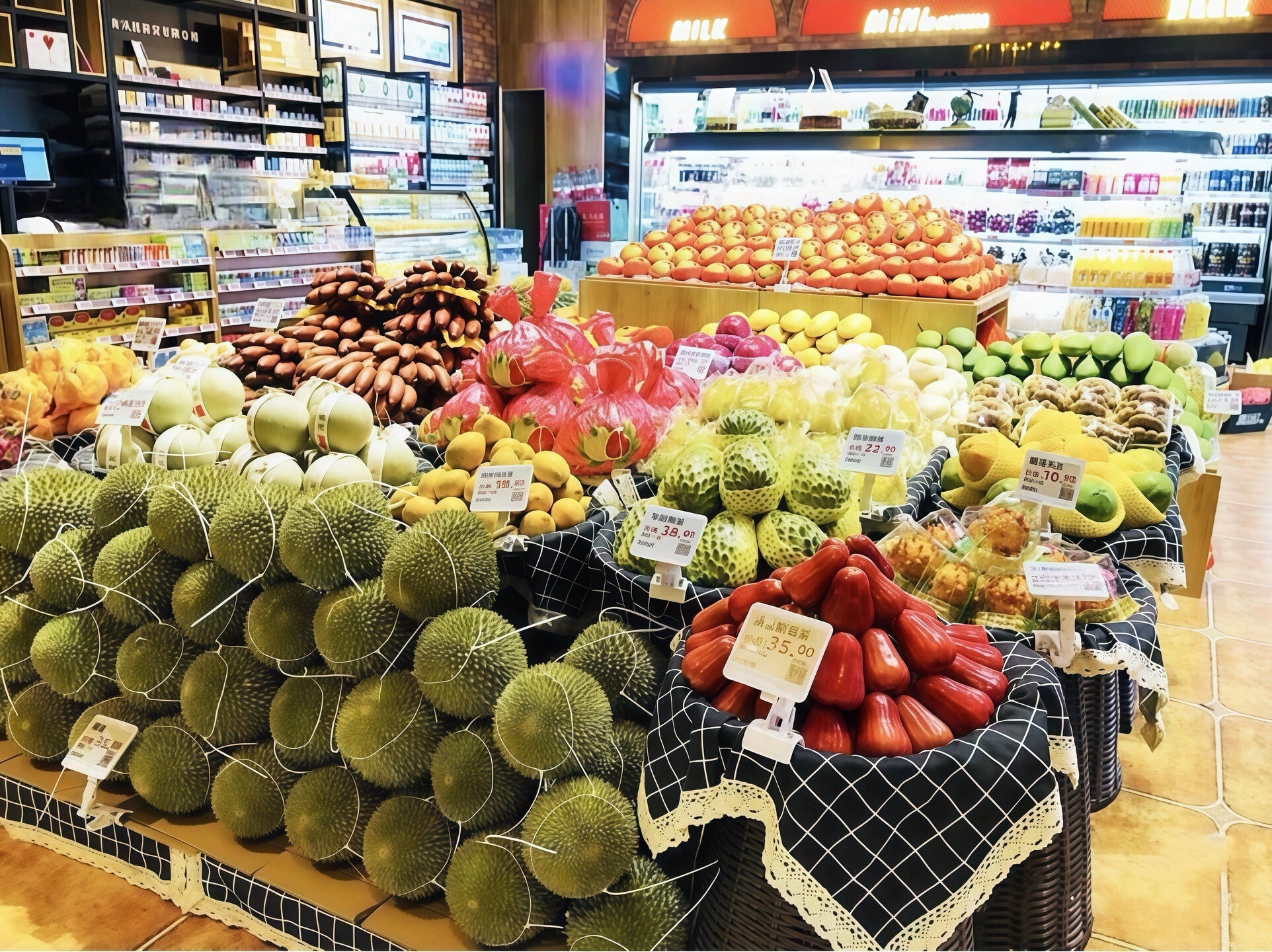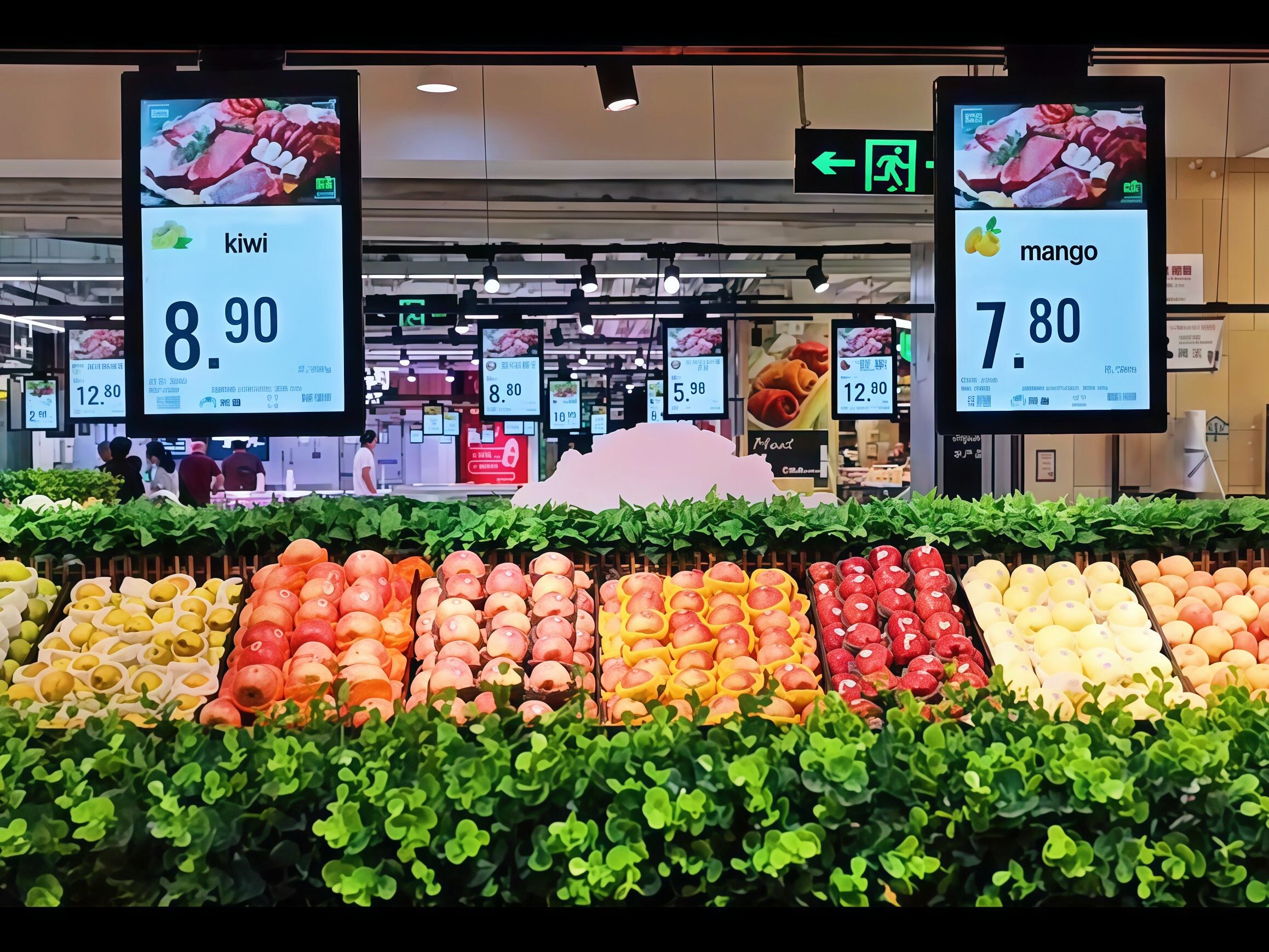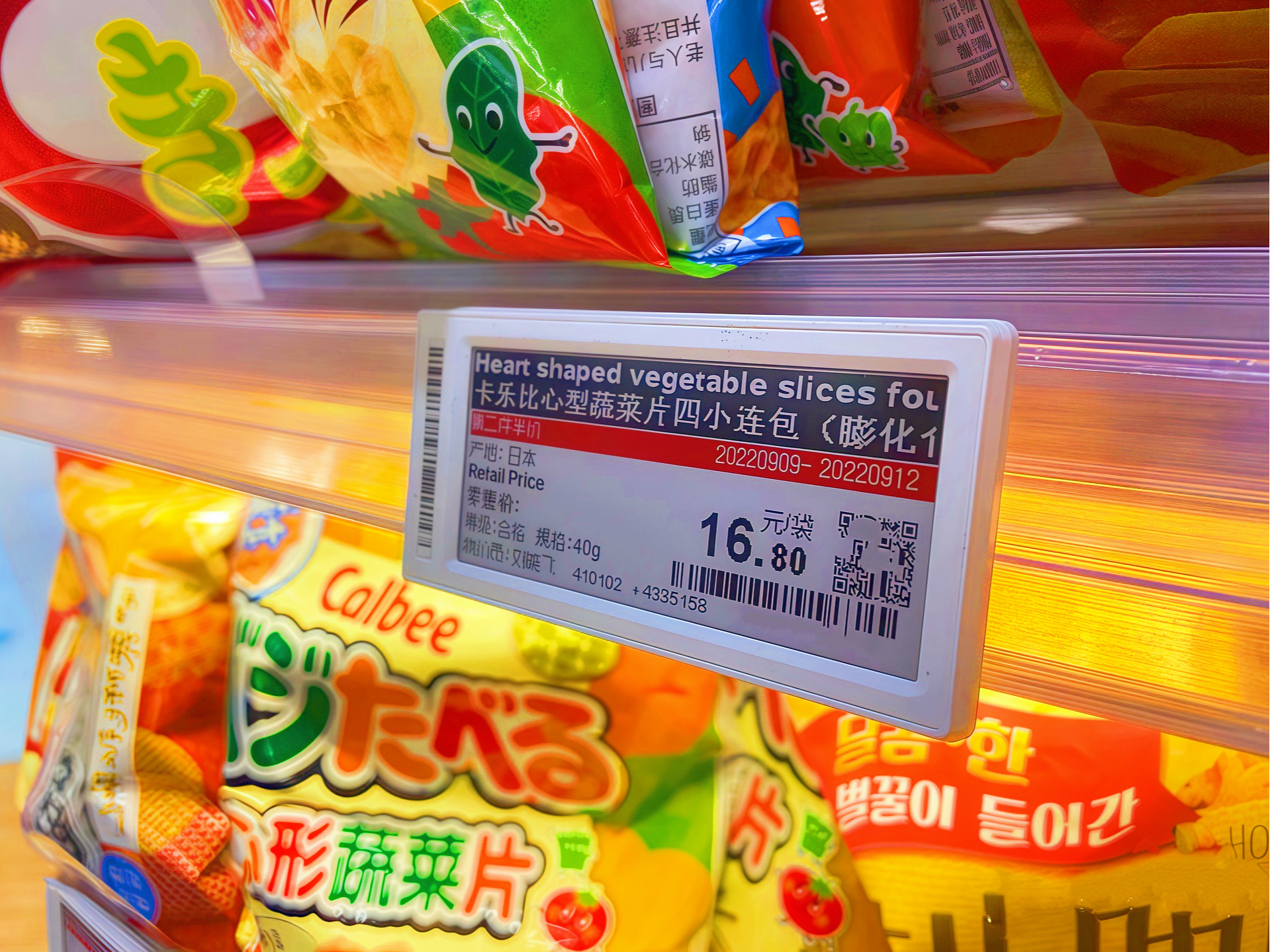electronic price tags in supermarkets
Electronic price tags, also known as Electronic Shelf Labels (ESL), represent a revolutionary advancement in retail technology, particularly in supermarket operations. These digital displays utilize e-paper or LCD technology to show product prices, descriptions, and other relevant information in real-time. The system comprises three main components: the digital display units mounted on store shelves, a central management software, and wireless communication infrastructure. These tags can display various information including prices, product details, promotional offers, stock levels, and even QR codes for additional product information. The technology operates through wireless communication protocols, allowing instant updates across hundreds or thousands of tags simultaneously from a centralized control system. Modern electronic price tags often feature multiple display pages, enabling retailers to showcase different information sets, such as price per unit, promotional details, and product origin. The tags are powered by long-lasting batteries, typically operating for 5-7 years, and utilize low-power consumption technology. They can integrate with existing inventory management systems, point-of-sale software, and enterprise resource planning platforms, creating a seamless retail ecosystem. These devices support multiple display formats and can show various characters, currencies, and symbols, making them suitable for international retail environments.
